Bar Graphs
A bar graph is a way to display and compare data using bars of different lengths. It is a visual representation of data that makes it easy to see and understand the comparisons between different categories or groups.
Parts of a Bar Graph:
1. Title: The title of the bar graph describes what the graph is about.
2. X-axis (Horizontal Axis): The x-axis represents the categories or groups being compared.
3. Y-axis (Vertical Axis): The y-axis represents the scale or values being measured.
4. Bars: The bars represent the data for each category, with the length of the bar corresponding to the value of the data.
Creating a Bar Graph:
To create a bar graph, follow these steps:
1. Identify the categories or groups you want to compare.
2. Determine the scale for the y-axis based on the range of the data.
3. Draw the x-axis and label the categories.
4. Draw the y-axis and label the scale.
5. Draw bars for each category, making sure to use the scale to represent the data accurately.
6. Add a title to the graph.
Interpreting a Bar Graph:
When interpreting a bar graph, look for the following information:
1. Which category has the highest or lowest value?
2. Are there any patterns or trends in the data?
3. Are there any significant differences between the categories?
Practice Questions:
1. Create a bar graph to show the number of books read by each student in a class.
2. Interpret the following bar graph showing the sales of different fruits in a grocery store:

Conclusion:
Bar graphs are an effective way to visually represent and compare data. By understanding the parts of a bar graph and how to create and interpret one, you can effectively communicate and analyze information in a visual format.
.◂Math Worksheets and Study Guides Fourth Grade. Measurement

 Activity Lesson
Activity Lesson
 Activity Lesson
Activity Lesson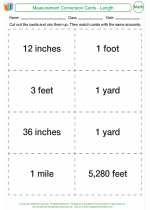
 Activity Lesson
Activity Lesson
 Worksheet/Answer key
Worksheet/Answer key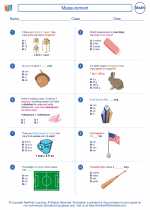
 Worksheet/Answer key
Worksheet/Answer key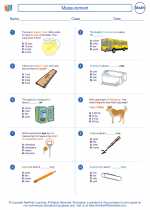
 Worksheet/Answer key
Worksheet/Answer key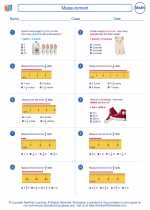
 Worksheet/Answer key
Worksheet/Answer key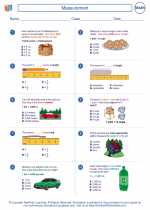
 Worksheet/Answer key
Worksheet/Answer key
 Worksheet/Answer key
Worksheet/Answer key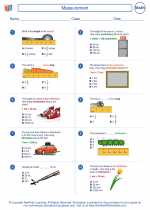
 Worksheet/Answer key
Worksheet/Answer key
 Worksheet/Answer key
Worksheet/Answer key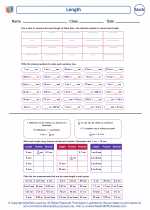
 Worksheet/Answer key
Worksheet/Answer key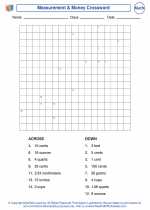
 Worksheet/Answer key
Worksheet/Answer key
 Vocabulary/Answer key
Vocabulary/Answer key
 Vocabulary/Answer key
Vocabulary/Answer key
 Vocabulary/Answer key
Vocabulary/Answer key
